Minimalists say less is more... so will spending less on earphones make us happier?
But price isn't the only factor.
More IEM drivers = better, right? Minimalists disagree, yet hybrids have become the norm.
I bring this up because I was sent a pair of
JIALAI Carats in exchange for my thoughts, which as $66 single-DDs are minimal in both ways.
My single-DD IEM addiction is long behind me so it's been ages since I tried one, and visually the Carats are an instant reminder of my old
A8000s.
Many of my audio friends insist on keeping at least one single-DD earphone in their collection at all times, such is their unique allure.
So how much can we expect from a single driver under a hundred bucks?
Packaging
The USD $66
JIALAI Carats arrive in a very small, shiny cardboard box that looks quite flashy.
Inside are the earphones, a small PU carry case that's decently sized for a pocket, a user manual, three sets of silicone eartips in 3 sizes, and the stock cable.
Unfortunately the black OFC stock cable is quite basic, and available only with a 3.5mm plug. That's reasonable considering the Carat's modest price, but I still prefer seeing 4.4mm options made available.
Ergonomics
The Carats' aluminium alloy shells are fully vented, and finished so beautifully as to give no indication of their modest price. They really do look premium.
By contrast the nozzles are fairly matte and look a little out of place, they're also quite short which may make obtaining a tight seal more difficult.
As for the fit, that's a very personal thing so I can only tell you how they work for me - splendidly. They're incredibly light & tiny, and the nozzles are just long enough to avoid being an issue.
I find the Carats' exceptionally comfortable even for long listening sessions, though they scratch easily.
Sound Impressions
The Carats use a single 10mm Titanium Plated DLC DD to produce a somewhat v-shaped sound with tremendous cohesion, a commendably open soundstage & punchy bass.
Bass
Bass is probably the Carat's most impressive aspect. Not only is it capably tight, but also goes quite deep with a feeling of weight behind it. Even bass texture is satisfying, avoiding being pillowy or insubstantial.
Yet JIALAI have decided to keep bass in check to avoid it overshadowing the midrange. There's a nice balance here of enough bass to make things feel punchy, without deviating too far from neutrality.
Bass has a nice balance between sub bass and midbass, probably leaning towards midbass. Bassheads may be left wanting for quantity however.
Midrange
The problem with single-driver IEMs (regardless of cost) is a lone DD cannot cover the entire frequency range as competently as multi-driver hybrids. Every single-DD IEM I've heard has "gaps" in the FR where you can feel instruments aren't being reproduced with same presence & fullness.
The Carats are no exception, and it's the midrange that I notice this most. There's a sense of thinness & lack of body here that's easier to overlook on some tracks than others.
In return for the single-driver tradeoff is superb cohesion no hybrid IEM can match. There's something special about single-DDs - they don't effortlessly reveal every minute nuance like hybrids, but that cohesion lets my brain to relax as if less work is required to process what I'm hearing.
Treble
The Carats are fairly bright, right up until the upper treble where they tend to roll off quite a bit.
That brightness helps compensate for one inherent shortcoming of single-DD configurations which is poor technical performance, which boosting treble generally helps improve.
I wouldn't say treble is dramatically high quality, but there's no piercing upper treble which is nice.
Technical Performance
The Carats' single-DD is very responsive by budget standards. It won't keep instruments separated during busy passages quite as well as hybrids of similar value, but gets much closer than most single-DDs I've tried regardless of budget!
Soundstage dimensions are another area low cost single-DDs often struggle, but not here - the Carats boast a surprisingly wide stage, and even depth is quite good with impressive three-dimensionality.
Imaging is also very decent, probably helped by that boosted lower treble. Resolution is mediocre, but with only one driver that's to be expected.
Dynamics are average, and I find instruments can sound smaller through the Carats than many hybrids.
IEM Comparisons
I compared the Carats to other IEMs with a
Luxury & Precision P6 Pro set to hi-gain at 6/60 volume.
NiceHCK DB2 – 1xBA 1xDD (USD $22)
The DB2 is much thicker through the midrange but can also be shouty with much more forward vocals.
It sounds less coherent & occasionally congested with a DD that has more trouble keeping up with the music, slower bass decay though bass leans towards midbass & doesn't go as deep as the Carats.
The DB2s are a bit more dynamic with slightly higher resolution, but the Carats are smoother & more relaxed with a blacker background.
BLON BL-03 1xDD (USD $26)
A blast from the past, the BL-03's are a budget classic. They're more transparent & dynamic than the Carats with instruments that sound larger and a wider soundstage, but their DD is quite slow so bass decay is longer but they struggle to keep pace with fast music.
The BL-03s have a fun, exaggerated tuning with a midrange that can sound a little hollow at times, and they can come across as sloppy on faster tracks but the tuning remains a hugely enjoyable one.
However the Carats are much more refined with a blacker background, tighter bass, slightly higher resolution and they sound more neutral, reflective of more recent improvements in DD driver technology.
ISN Neo1 – 1xDD (USD $39)
The Neo1s are significantly more neutral & transparent, and much more midrange centric with vocals that are more forward, wetter & articulate.
They're also brighter with a slightly thinner tonality and also less coherent, and I find their bass decay is faster without the same quantity or bass impact of the Carats.
Treble's higher quality on the Neo1s as is overall resolution with a blacker background & better dynamics.
Tanchjim Oxygen – 1xDD (USD $230)
Mine are the original version of the Oxygens which have had the grilles removed, and they're certainly more refined than the Carats.
The Oxygens are more polite but not as dynamic, with higher resolution, blacker background and a wider but flatter stage. Bass doesn't go as deep & bass texture isn't as satisfying, and the drivers feel slower than those of the Carats which is quite a surprise.
The Harman tuning of the Oxygens feels tonally unnatural and the soundstage sounds like it's being artificially stretched, whereas the Carats are more V-shaped & bassier.
Cable Comparisons
I tested the Carats with a number of aftermarket cables to gauge how effectively they scale.
NiceHCK Blacksoul (USD $50)
BlackSoul improves dynamics slightly though soundstage dimensions don't change greatly - perhaps there's a tiny bit more depth.
The tonality is a bit smoother and vocals feel a tiny bit more forward and slightly more resolving, but overall this is a fairly underwhelming pairing.
Penon Vocal (USD $69)
The soundstage feels a little wider and as usual Vocal adds greater emphasis to the midrange which feels a bit more resolving.
There's a slightly treble roll off leading to a warmer tonality than the stock cable, but overall I'm not noticing massive differences.
NiceHCK FirstTouch (USD $89)
Dynamics improve quite markedly, the soundstage is a little wider & deeper, and even imaging improves with a blacker background.
The Carats gain a slightly darker but very enjoyable tonality which sounds significantly more refined in this great pairing.
Effect Audio Ares S 4 Wire (USD $179)
The soundstage feels more spacious with depth in particular improving, and dynamics are also better, there's also a little more midbass present.
Tonality becomes smoother with more lower midrange warmth yet treble doesn't seem rolled off, this is a good pairing but I'm not sure it fully justifies the cable's cost.
Overall Cable Thoughts
As is often the case, single-DD IEMs don't seem to scale nearly as much with cable upgrades compared to hybrids utilising crossover components that also benefit, and the Carats are no exception
So I wouldn't necessarily recommend spending a fortune on an upgrade to the Carats' stock cable, rather to improve performance you'd be much better off purchasing a portable amplifier instead - single-DDs invariably benefit much more from higher quality amplification in my experience.
Conclusion
The
JIALAI Carats are a reminder of just how far the portable audio industry has come in recent years.
To be able to purchase a dynamic driver IEM able to keep up with fast music so effortlessly for just $66, with shells that will fool anyone into thinking they're premium no less... I think is quite insane.
Every year it gets harder & harder to convince others that spending big bucks on earphones is justified, and when quality like this can be had for so little I almost want to give up trying.
The Carats are far from perfect of course. I love how tiny they are but some ears will fit larger IEMs fit better, their treble quality is fairly mediocre and it's hard getting great technical performance out of a single driver, which isn't what the Carats are all about anyway.
For a measly $66 they've reminded me why I used to be so addicted to single-driver earphones, there's something magical about their cohesiveness that just makes it easier to listen & listen.
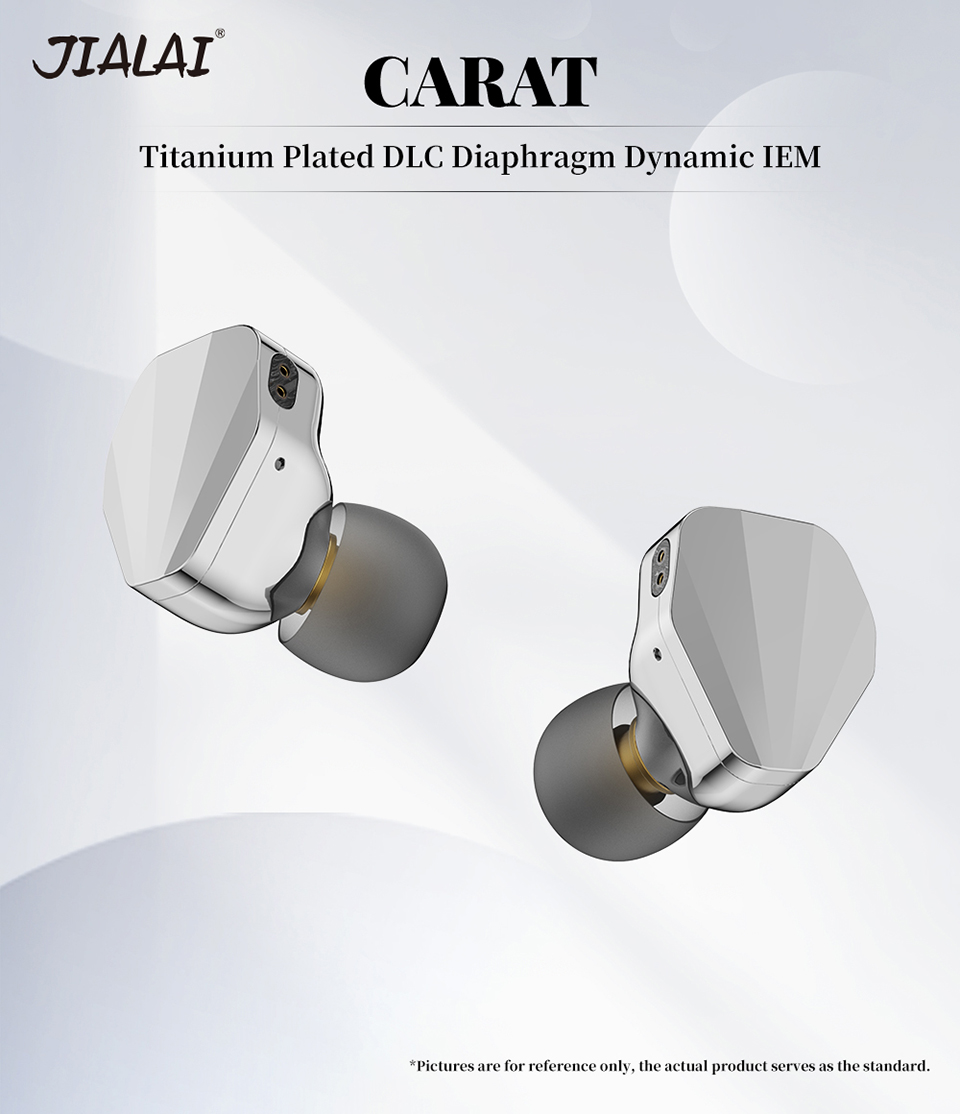
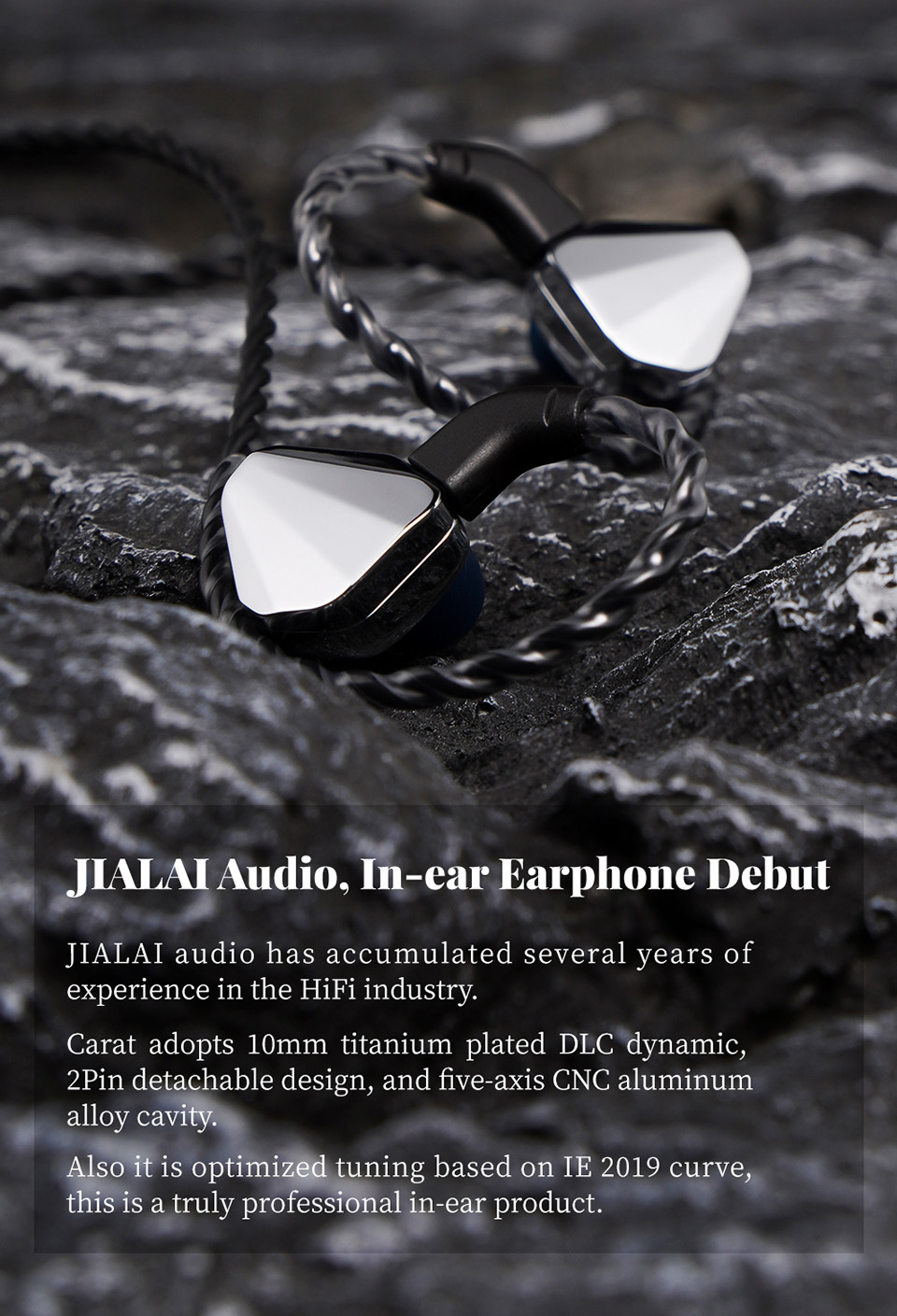
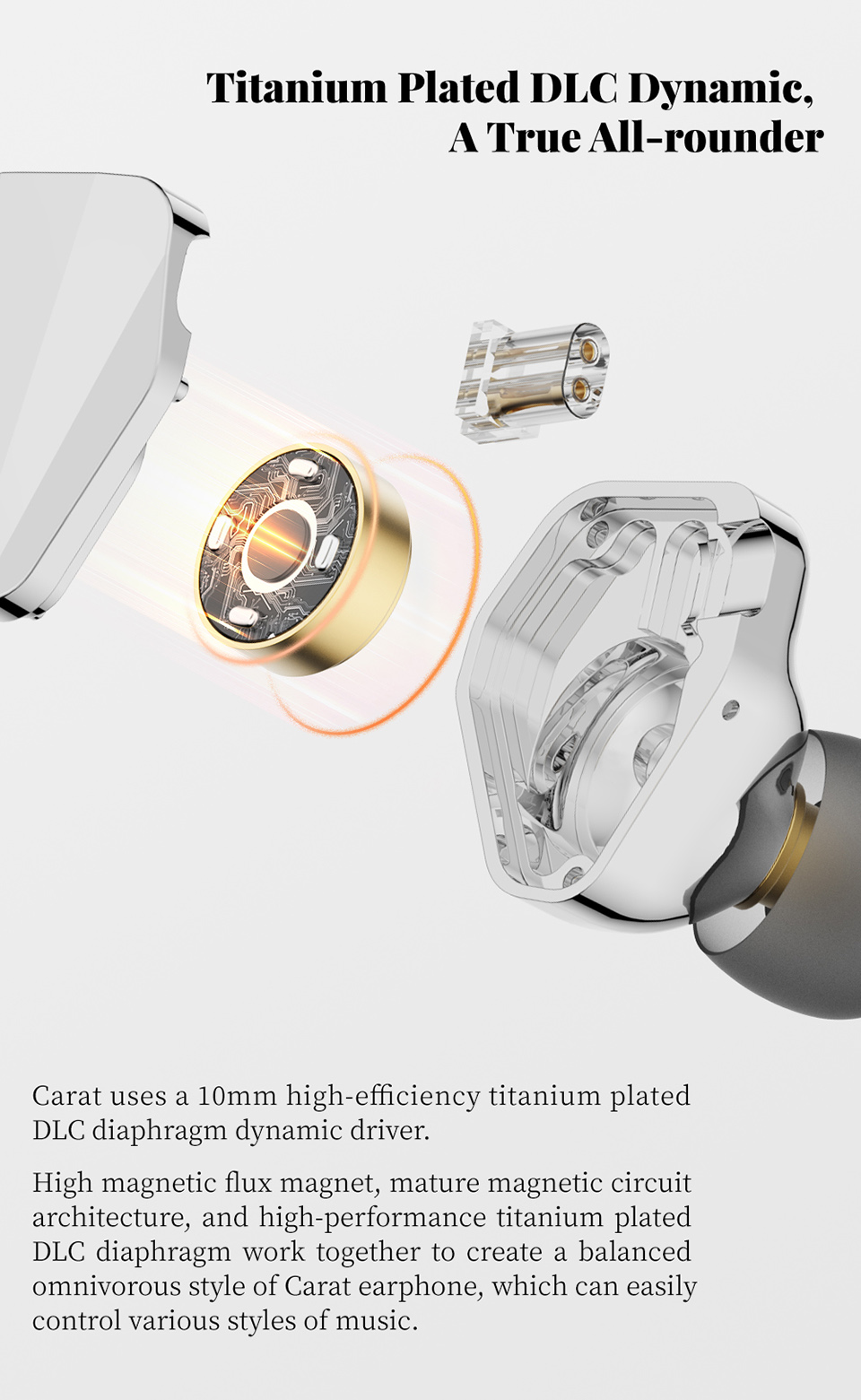
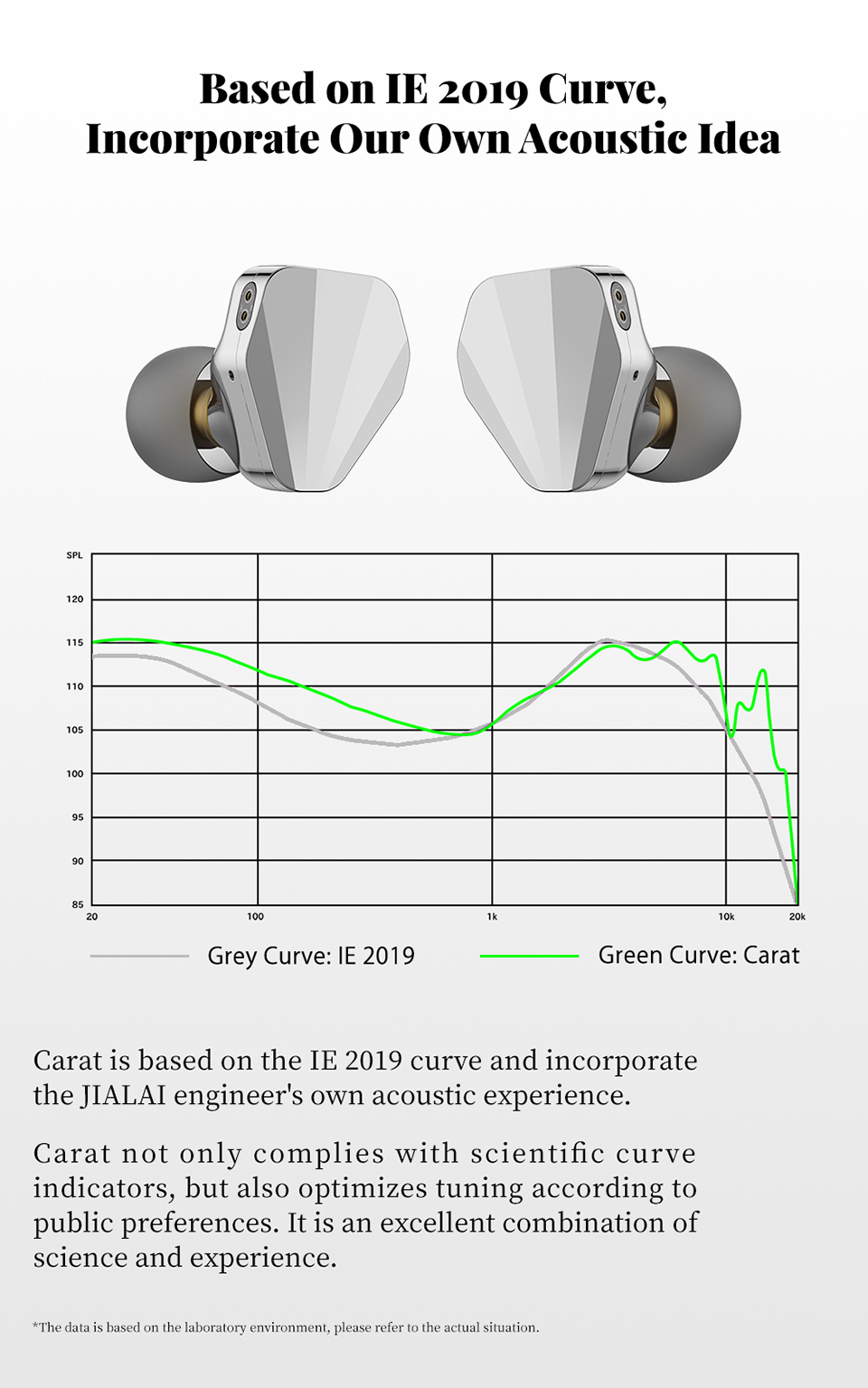
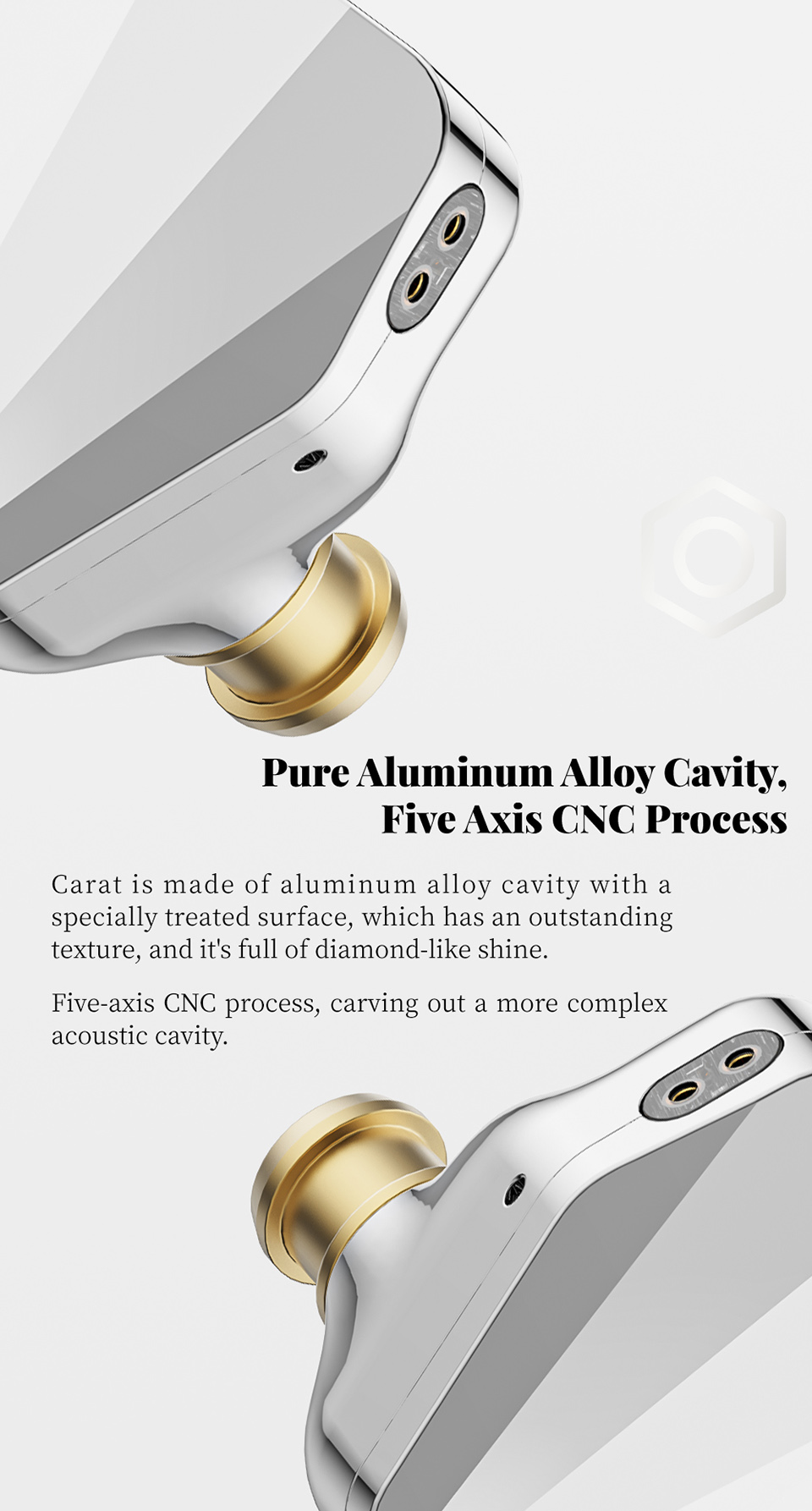

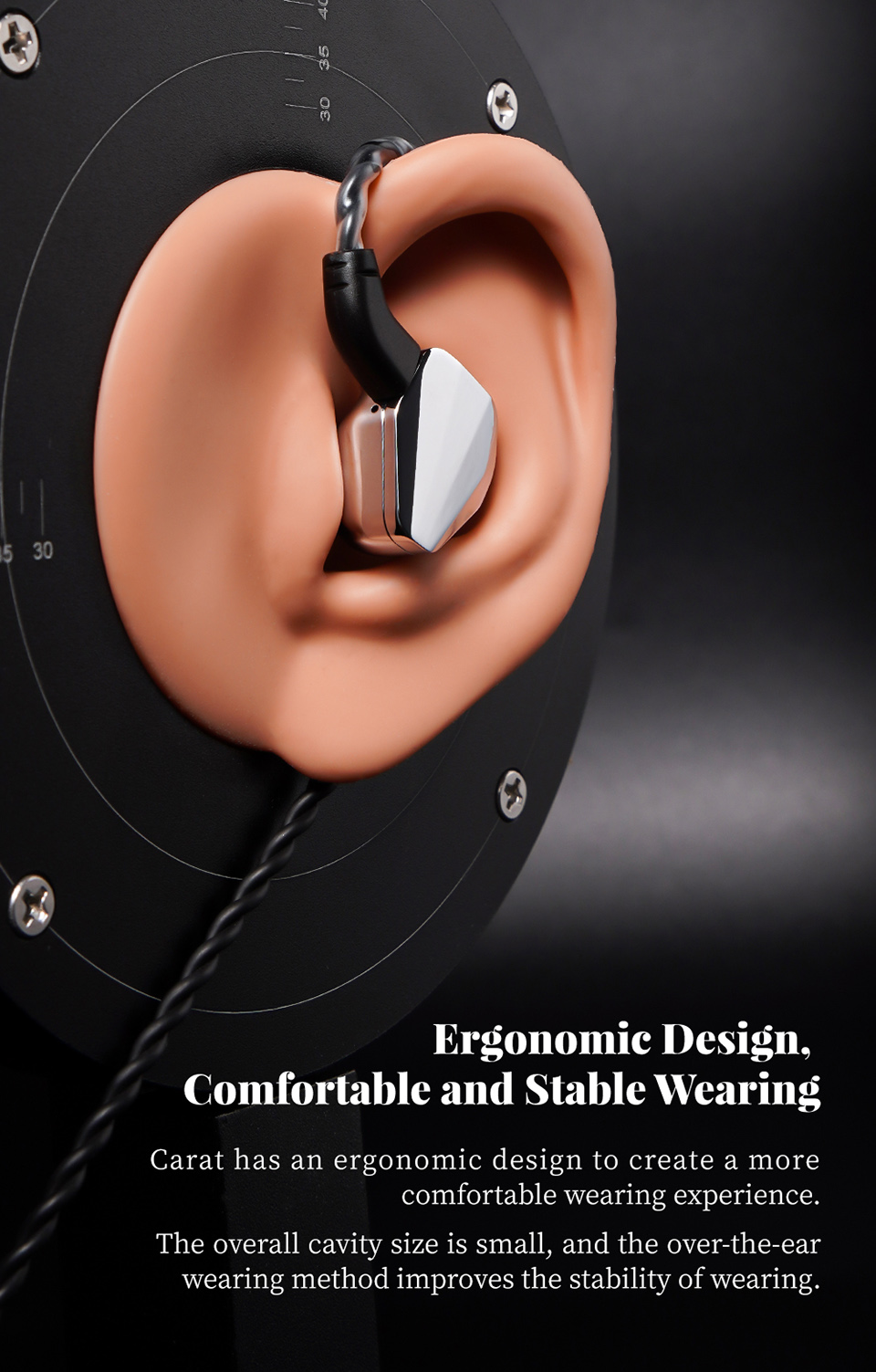
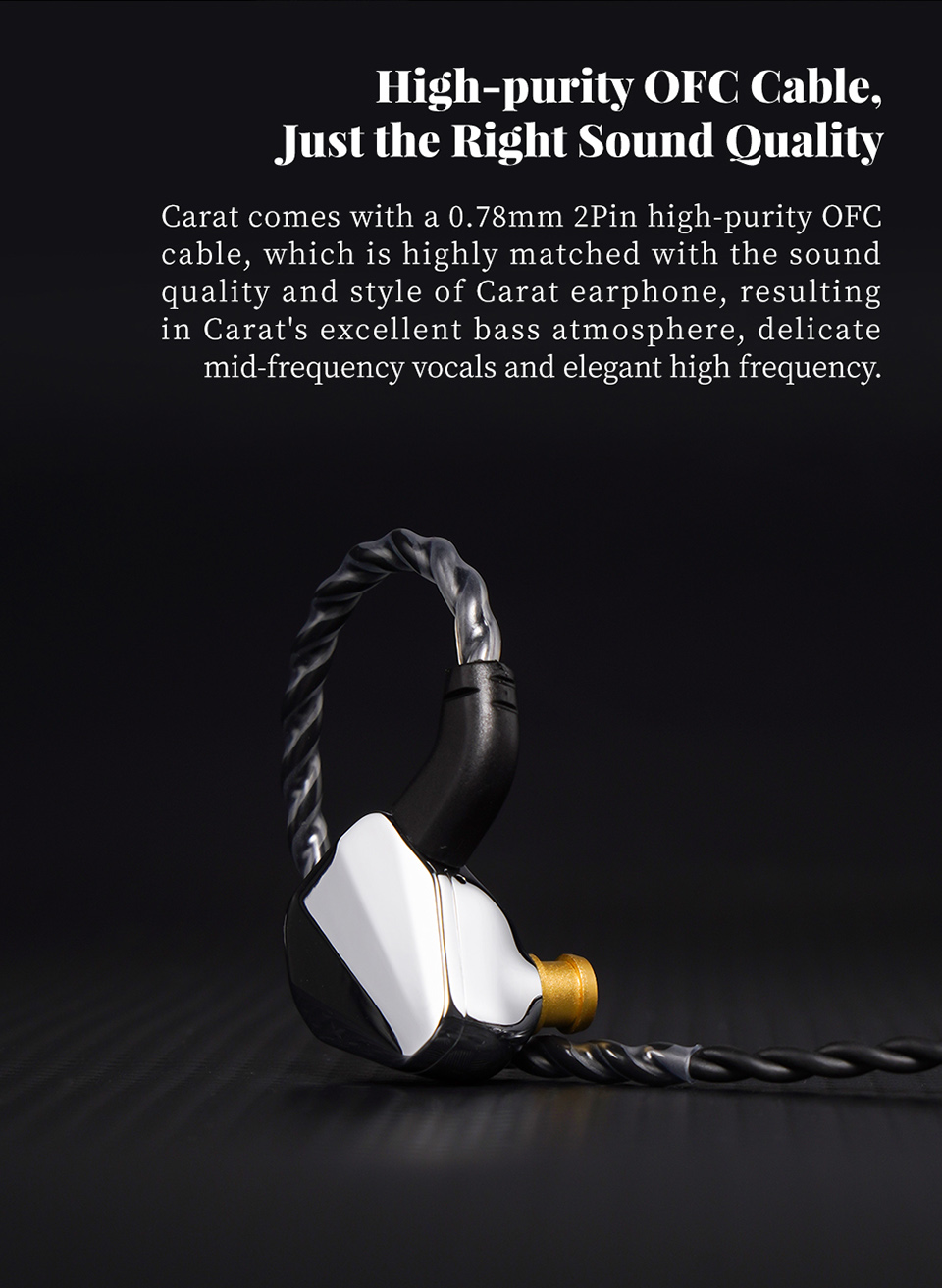
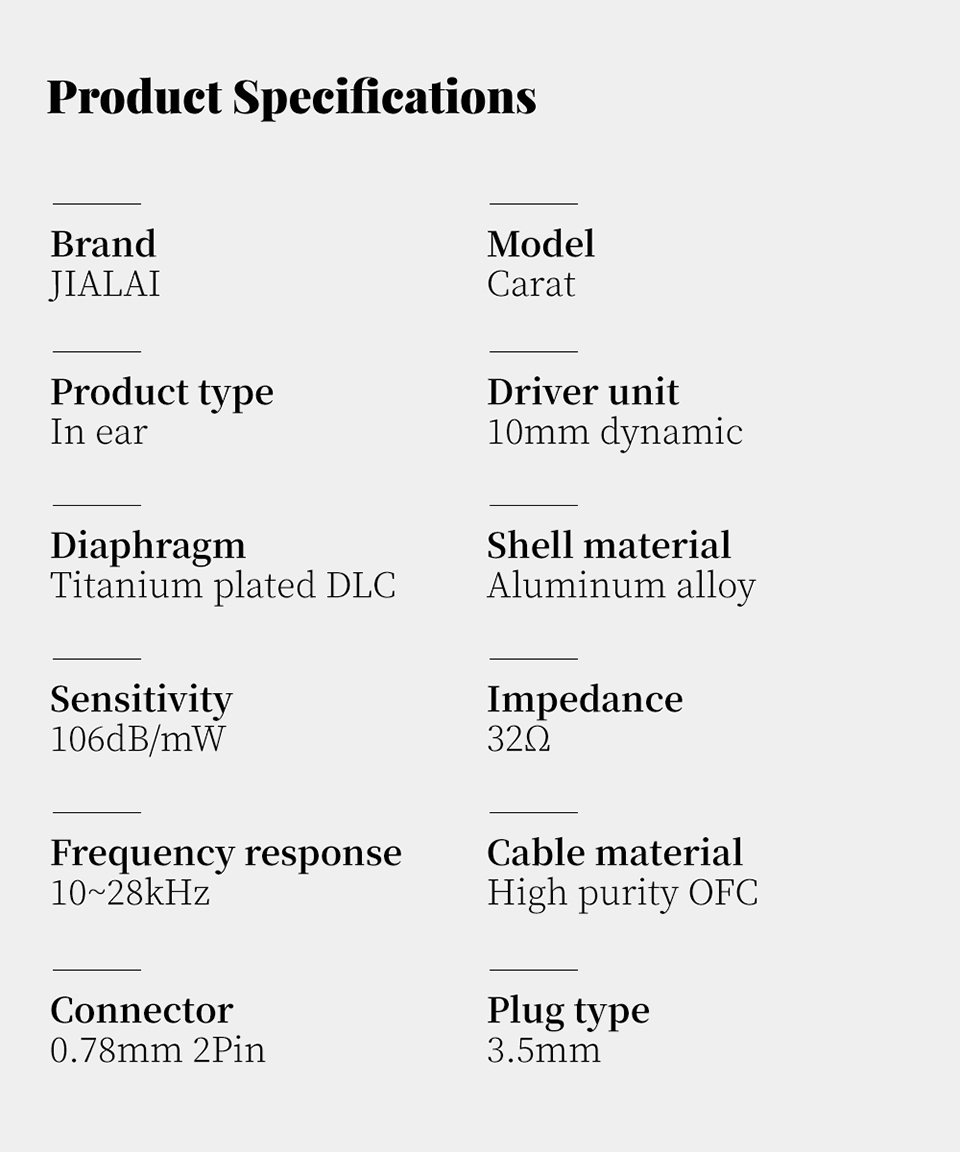
































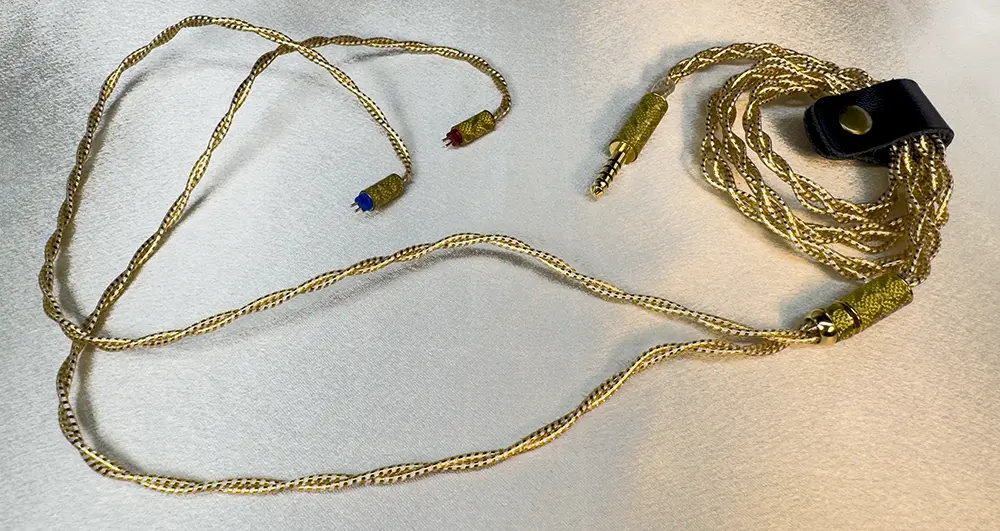
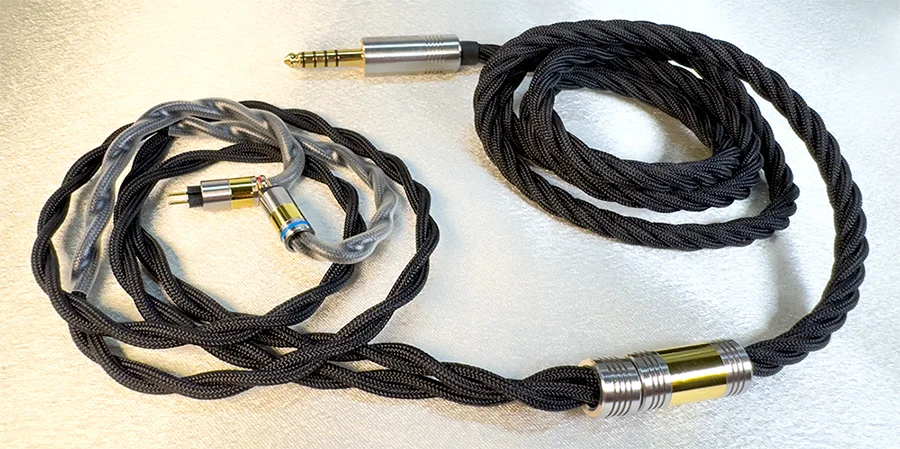




















Great review, thanks a lot, I guess I'll pick them up and compare them to my Himalaya anyway.